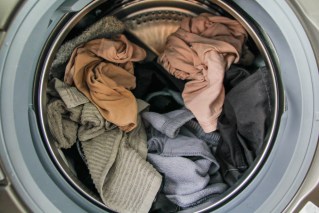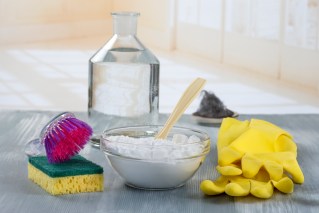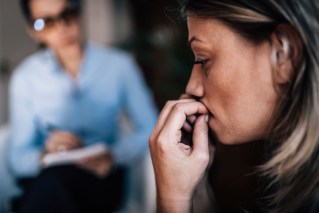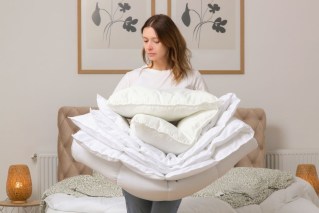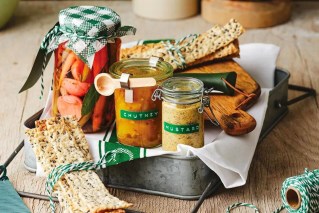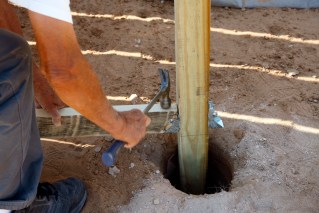Five tips to have yourself a sustainable little Christmas

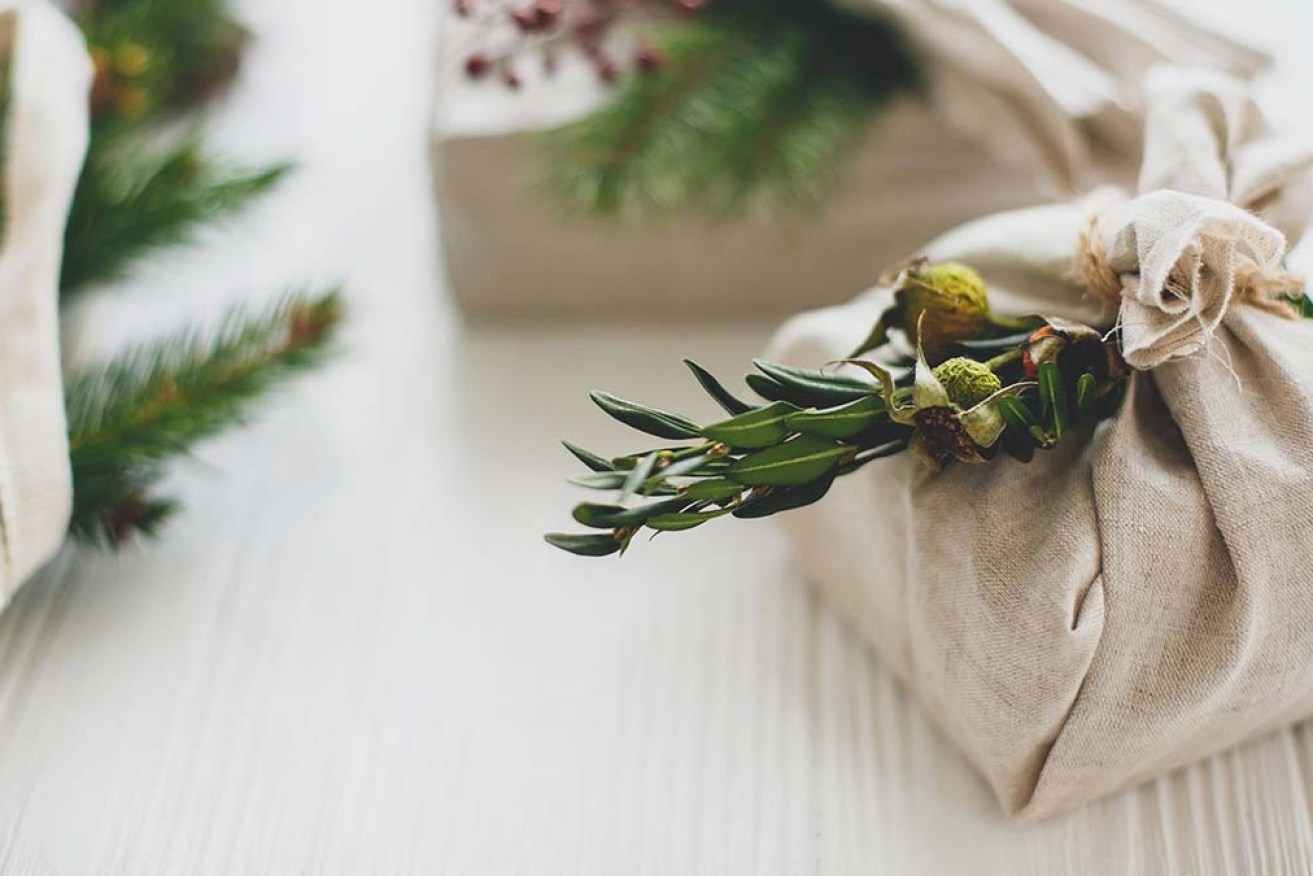
Festive decorations like tinsel are often made out of plastic, which can take years to break down. Photo: Getty
Christmas is a time of giving and joyful celebrating, but with all the festivities comes a lot of waste.
And after another tough year of disposable masks and coffee cups to curb the spread, you might be thinking of ways to cut down on waste during the holiday season.
If that sounds like you, then here are five tips to make Christmas a little more sustainable this year.
1. Reduce or reuse
Festive decorations like tinsel are often made out of plastic, which can take years to gradually break down.
If you do use plastic decorations, make sure you use them year after year.
If you’re seeking an alternative to pesky tinsel trimmings, try paper tinsel, paper chains, string beads or LED lights for some sparkle.
LEDs use about 75 per cent less energy than halogen light bulbs and can last up to 10 times longer, reducing replacement costs and the number of light bulbs going to landfill.
To minimise impact and costs, avoid leaving your Christmas lights on overnight.
2. Rethink wrapping
Unless you’re more of a (reusable) gift bag person, you’re probably going to spend a couple of dollars on new rolls of wrapping paper.
And there’s a very good chance they’re just going to end up in the bin.
Australian environmental organisation Planet Ark recommends using old newspapers or magazines you have lying around the house instead.
You can also make bows by cutting up three equal-sized strips.
Wrap two around the gift, while the third can be folded into a bow and stuck on top.
If you’re keen to avoid plastic tape, then recyclable paper tape is a solid alternative.
You can find paper tapes at leading stores like Officeworks and Bunnings, as well as specialty businesses like Woodruff & Co, where you can buy pre-designed or custom-designed paper tape.
Some pre-loved linen can work a treat or a patterned shirt you haven’t touched in years. Just make sure you have some fabric scissors handy.
If you need some inspiration, furoshiki are traditional wrapping cloths used to wrap gifts or goods in Japan.
There are plenty of tutorials online that show you how to wrap gifts using fabric.
If you want to add a little something extra, tuck a festive flower beneath the bow.
3. The blue fish tick of approval
Planning on having a hearty seafood barbecue to celebrate Christmas?
Then the Australian Marine Stewardship Council (MSC) can help you cook up an ethical meal.
When you’re shopping for sustainable seafood, keep an eye out for the MSC blue fish tick label.
It means the seafood you’re buying was caught from fisheries that have been independently certified to the MSC Fisheries Standard.

You can buy sustainable seafood at major supermarkets across Australia. Photo: Marine Stewardship Council.
A recent survey conducted on behalf of MSC found 50 per cent of people find it difficult to tell if seafood is caught in the wild.
Forty per cent said they don’t know what to look for, while 16 per cent responded that they don’t even know what wild-caught, sustainable seafood is.
Although there is no such thing as a sustainable species of fish, there are sustainable populations.
Choosing seafood with the MSC blue tick means:
- The seafood has been caught at a level that ensures its population can remain productive and healthy
- Fishing has been managed carefully so that the surrounding species and habitats stay healthy
- Fisheries have followed the relevant laws and adapted to changing environmental circumstances.
“Choosing sustainable seafood not only helps preserve stocks for future Christmases, but supports fishing communities who work hard to ensure best practices when sourcing your favourite seafood,” MSC Oceania program director Anne Gabriel said.
You can buy sustainable seafood at major supermarkets across Australia, including Aldi, Coles, IGA and Woolworths.
4. Plan meals carefully
While we’re on the topic of food, part of Christmas is the inevitable food coma at the end of the day.
That said, remind yourself not to over-shop or over-prepare in the lead up to Christmas lunch and dinner.
Clear your freezer and fridge as much as possible so you can store leftovers.
If you know you’re going to be eating a lot of something, buy it in bulk so you can reduce the amount of packaging.
Avoid using disposable plastic plates, cutlery and disposable napkins too. It may make cleaning up a breeze, but it also means more waste than necessary.
Consider using apps like Olio if you have too much food and not enough space.
The app connects people with each other and businesses so leftovers or extra food can be shared instead of thrown away.
5. Recycle or rubbish?
If Christmas waste is unavoidable, it might be a good idea to stay on top of what you can and can’t recycle.
The best place to start is your council website, which often provides A-Z guides on recycling and waste.
Soft plastics, like wrappers and plastic bags, can’t go in your recycling bin – but you can pop them in a REDcycle bin, which can be found at participating supermarkets across Australia.
If you’re unsure what a soft plastic is, scrunch it up into a ball.
If you can do this, it’s a soft plastic and can’t be put in your recycling bin.

